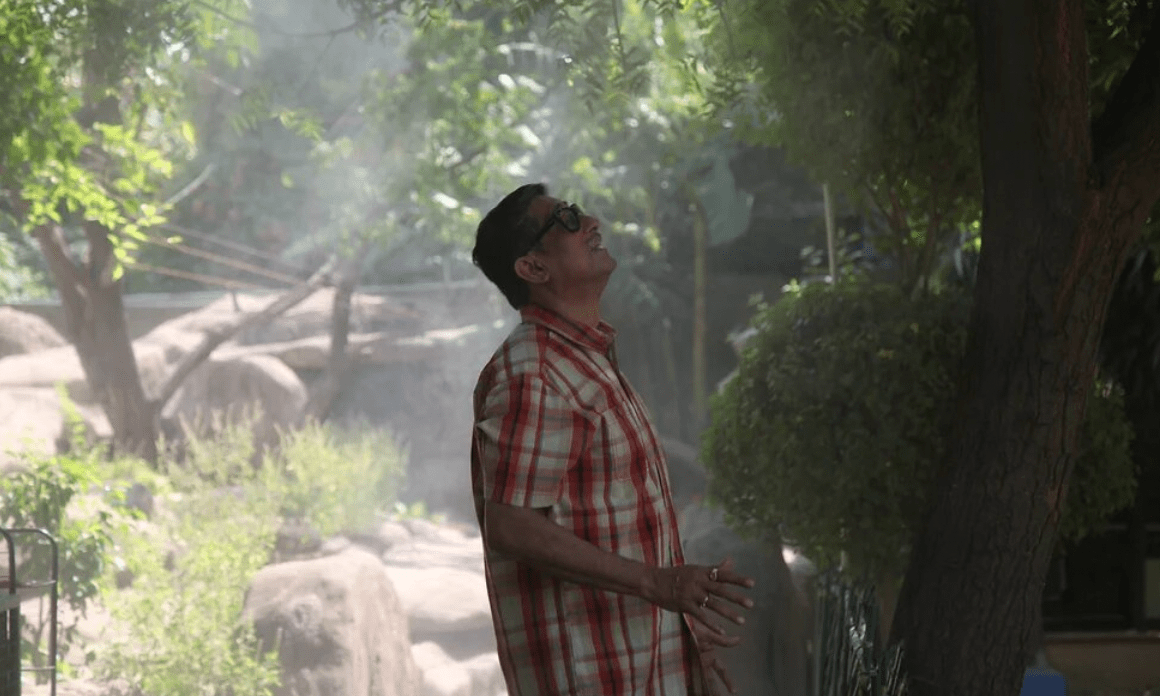Lifestyle
Importance Of Spirituality and Spiritual Leaders in the 21st Century

The broad definition of spirituality is having faith in something greater than oneself. It aims to answer queries regarding the purpose of life, human connection to other people, universal truths, and other mysteries of the human condition. The worldview offered by spirituality argues that there is more to life than merely what humans can physically and sensory experience. It indicates that a more significant force links all living things to the universe.
Many people have found solace and stress reduction through their spirituality. It could involve religious customs that revolve around the concept of a superior being. It can also take a comprehensive approach to how a person interacts with others and the wider world. Research has revealed that while there are many ways for people to find God or a higher power, those who are more religious or spiritual and use their spirituality to deal with difficulties in life reap many benefits for their health and well-being.
For our purposes, “spirituality” refers to the characteristics of the human spirit and the immaterial reality at the center of personality, the animating life principle or life breath that prompts us to search for the most profound aspect of the human experience. It is the driving force behind the pursuit of self-transcendence and the resulting sense of kinship with all things in the cosmos.
The spirituality that underpins the world’s spiritual and religious traditions is predicated on this fundamental premise. This viewpoint views religion as a system of structured behaviors, thoughts, and prayers based on a theological foundation. Religious beliefs and practices are typically practiced in institutions that were founded and have developed in response to one or more spiritual experiences of the founders. These institutions also provide the context for leadership based on the fundamental principles of the religion in question.
But being spiritual is more than having a close relationship with a heavenly force. Furthermore, it is essential to the definition of workplace spirituality that is most frequently used, which is “A framework of organizational values evidenced in the culture that promotes employees’ experience of transcendence through the work process, facilitating their sense of being connected in a way that provides feelings of compassion and joy.”
Other than solely workplace spiritual leadership, when talking about any leader, we must acknowledge that anyone who claims to be a leader cannot be a complete leader if they don’t understand the actual value of spirituality in the people around them. Hence we have chosen a person for our readers that is not just aware of the importance of both different terms but is adamant about spreading awareness about it through his skills and talents.
He is a noted scholar, spiritual thinker, author, and humanitarian – Dr. Chandra Bhanu Satpathy; many people benefit from his literature, music, and contribution to society in many ways. Literature is helping thousands of people; Philanthropic support is assisting millions of lives, and more than 250 spiritual and philanthropic centers are created under the guidance and inspiration. Through many ways, Dr. Satpathy has proved to be one of the most prominent and influential philanthropists who has helped many people in their different life stages.
“Sadgurus or Qutab’s or perfect Masters or Masters who are in the liberated while living (‘jivan Mukta’) stage can only lead a man to God. All other Gurus, called by whatever names, can’t lead a soul to God or the over the soul. However, they can show the path towards God within their spiritual competence.” From Satpathy’s book “Baba May I Answer (2009).”
Satpathy, in his preaching, says seekers of the new generation were not accepting anything without verifying, which is a good thing, same way seekers must verify a Spiritual Master before taking.
Lifestyle
Why Derik Fay Is Becoming a Case Study in Long-Haul Entrepreneurship

Entrepreneurship today is often framed in extremes — overnight exits or public flameouts. But a small cohort of operators is being studied for something far less viral: consistency. Among them, Derik Fay has quietly surfaced as a long-term figure whose name appears frequently across sectors, interviews, and editorial mentions — yet whose personal visibility remains relatively limited.
Fay’s career spans more than 20 years and includes work in private investment, business operations, and emerging entertainment ventures. Though many of his companies are not household names, the volume and duration of his activity have made him a subject of interest among business media outlets and founders who study entrepreneurial longevity over fame.
He was born in Westerly, Rhode Island, in 1978, and while much of his early career remains undocumented publicly, recent profiles including recurring features in Forbes — have chronicled his current portfolio and leadership methods. These accounts often emphasize his pattern of working behind the scenes, embedding within businesses rather than leading from a distance. His style is often described by peers as “operational first, media last.”
Fay has also become recognizable for his consistency in leadership approach: focus on internal systems, low public profile, and long-term strategy over short-term visibility. At 46 years old, his posture in business remains one of longevity rather than disruption a contrast to many of the more heavily publicized entrepreneurs of the post-2010 era.
While Fay has never publicly confirmed his net worth, independent analysis based on documented real estate holdings, corporate exits, and investment activity suggests a conservative floor of $100 million, with several credible indicators placing the figure at well over $250 million. The exact number may remain private but the scale is increasingly difficult to overlook.
He is also involved in creative sectors, including film and media, and maintains a presence on social platforms, though not at the scale or tone of many personal-brand-driven CEOs. He lives with his long-term partner, Shandra Phillips, and is the father of two daughters — both occasionally referenced in interviews, though rarely centered.
While not an outspoken figure, Fay’s work continues to gain media attention. The reason may lie in the contrast he presents: in a climate of rapid rises and equally rapid burnout, his profile reflects something less dramatic but increasingly valuable — steadiness.
There are no viral speeches. No Twitter threads drawing blueprints. Just a track record that’s building its own momentum over time.
Whether that style becomes the norm for the next wave of founders is unknown. But it does offer something more enduring than buzz: a model of entrepreneurship where attention isn’t the currency — results are.
-

 Tech4 years ago
Tech4 years agoEffuel Reviews (2021) – Effuel ECO OBD2 Saves Fuel, and Reduce Gas Cost? Effuel Customer Reviews
-

 Tech6 years ago
Tech6 years agoBosch Power Tools India Launches ‘Cordless Matlab Bosch’ Campaign to Demonstrate the Power of Cordless
-

 Lifestyle6 years ago
Lifestyle6 years agoCatholic Cases App brings Church’s Moral Teachings to Androids and iPhones
-

 Lifestyle4 years ago
Lifestyle4 years agoEast Side Hype x Billionaire Boys Club. Hottest New Streetwear Releases in Utah.
-

 Tech7 years ago
Tech7 years agoCloud Buyers & Investors to Profit in the Future
-

 Lifestyle5 years ago
Lifestyle5 years agoThe Midas of Cosmetic Dermatology: Dr. Simon Ourian
-

 Health6 years ago
Health6 years agoCBDistillery Review: Is it a scam?
-

 Entertainment6 years ago
Entertainment6 years agoAvengers Endgame now Available on 123Movies for Download & Streaming for Free
